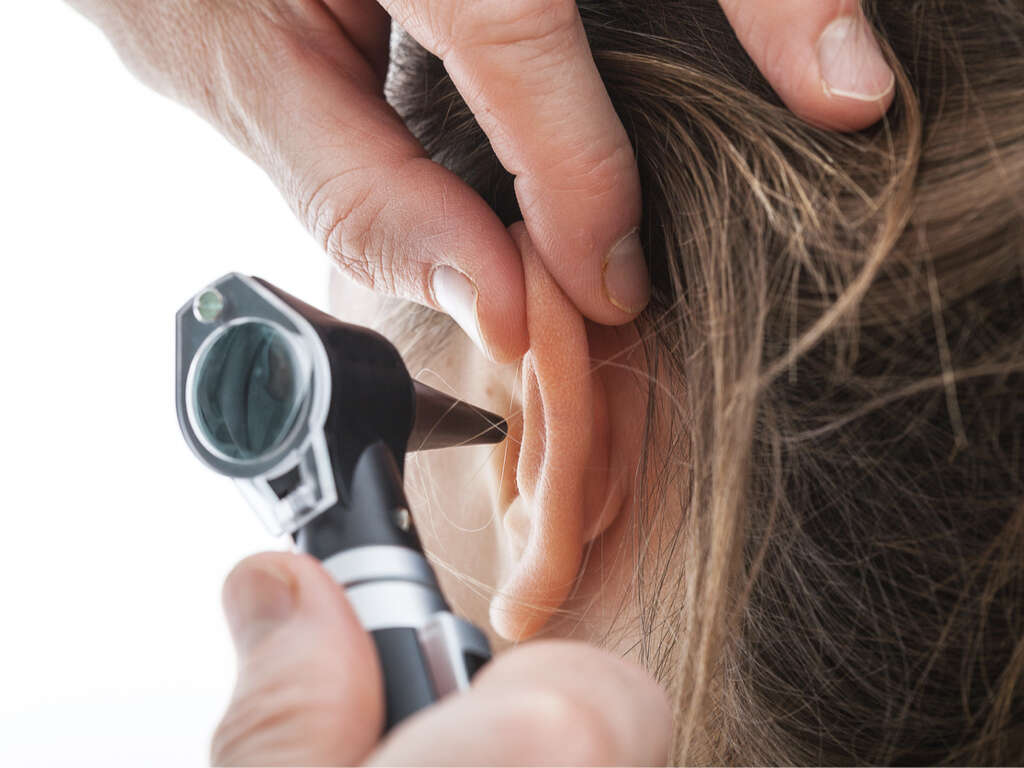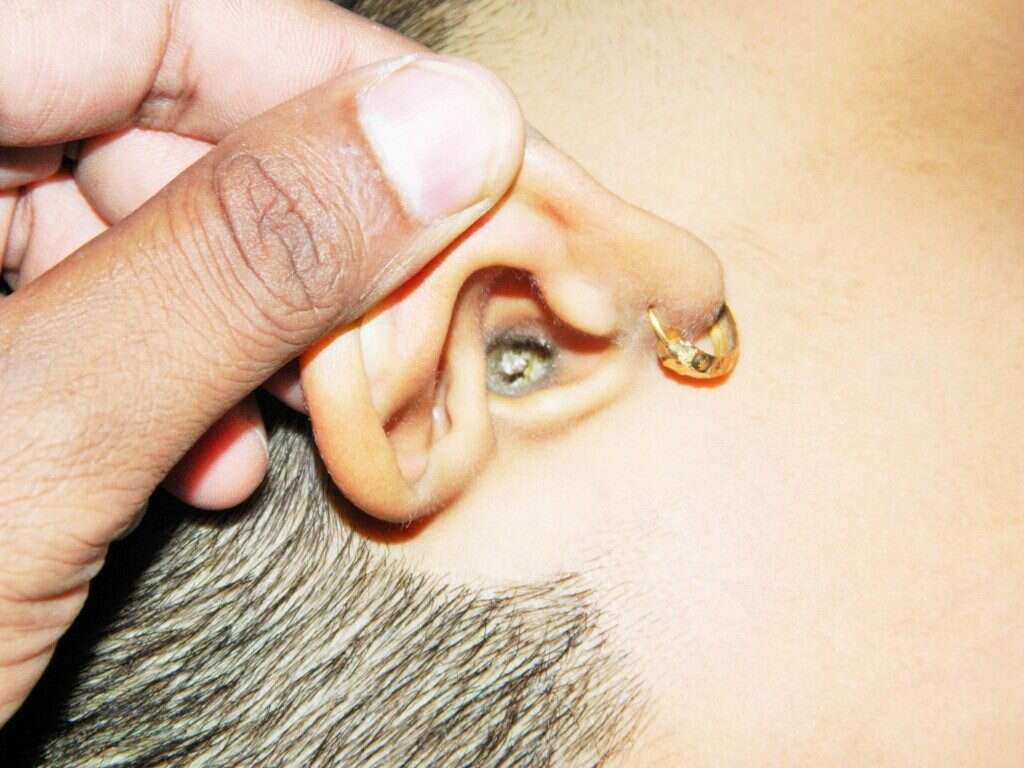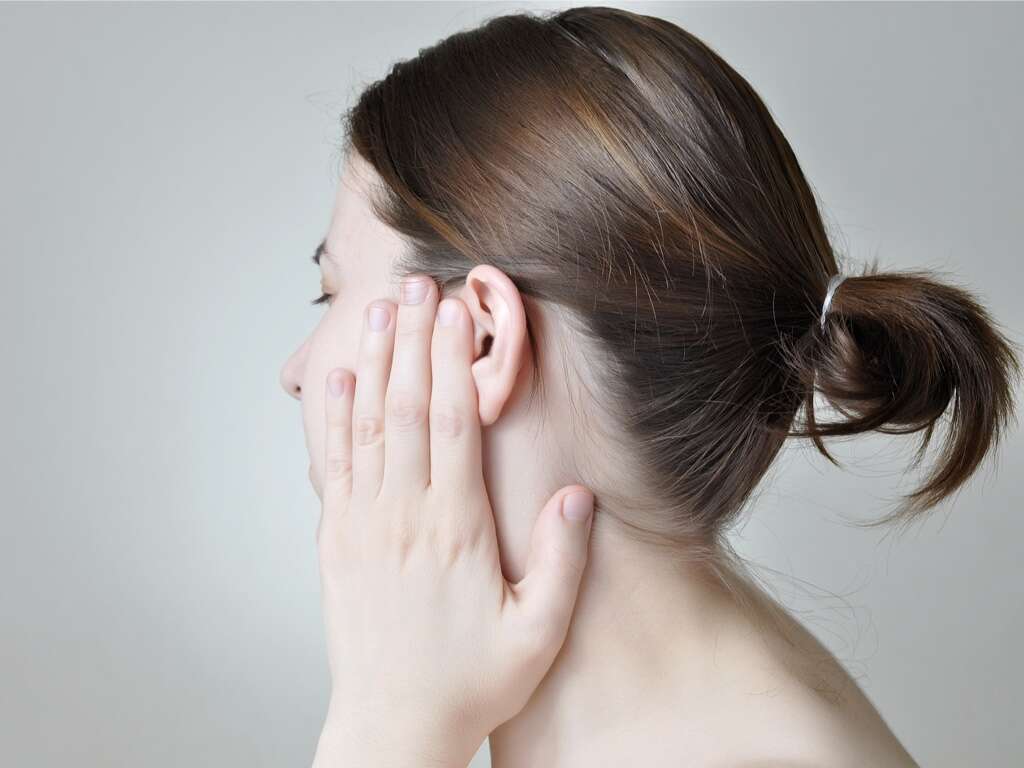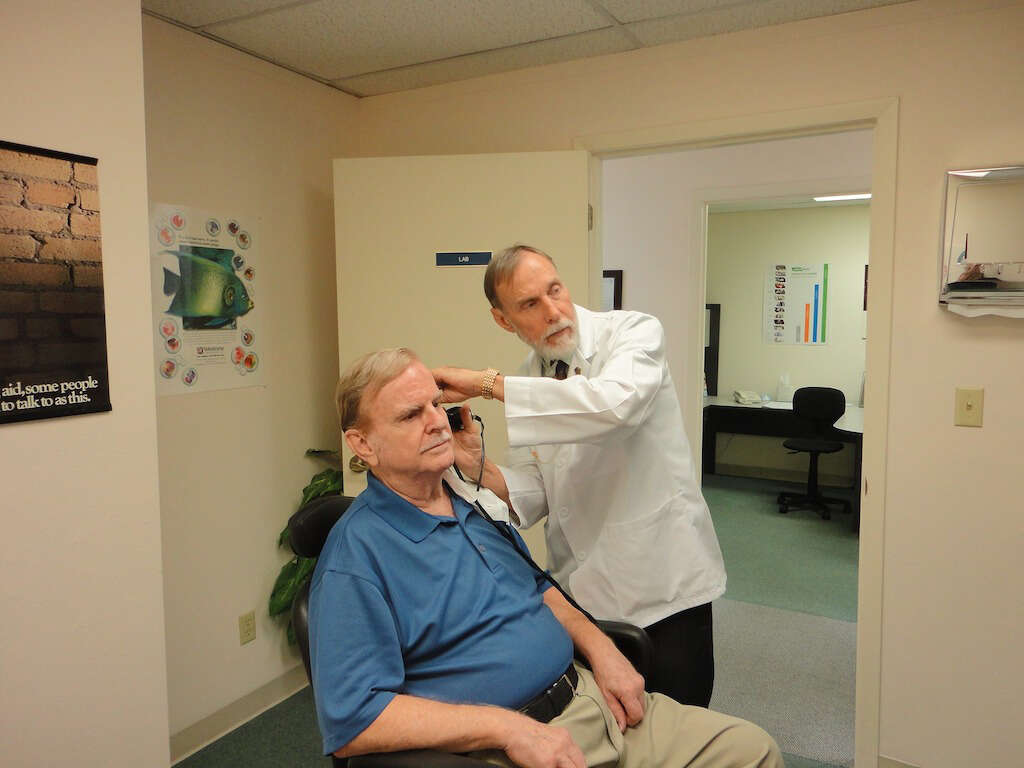What Is Usher Syndrome?
It is the hope of every parent that their child will be born healthy. Most will take whatever steps are necessary to ensure the pregnancy goes well and improve the chances of the fetus reaching full maturity before birth. Healthy habits can do much to encourage the chances of a safe delivery. But it is not just the pregnancy itself that will determine the health status of the child.
Children develop from a combination of both parents’ DNA. That means that much of what they become, especially physically, will be as a result of what they inherit from their parents. This can include good and bad traits. Usher syndrome is amongst the unfortunate hereditary conditions that have a significant negative impact on the quality of life of infants born with it.

1. Usher Syndrome
There are five basic senses that normal humans are born with. They include hearing, sight, smell, taste, and feeling. While it is not necessary to have all senses to lead a happy life, the absence of even one can make for a more complicated experience. Usher syndrome is a rare and inherited disorder that affects both hearing and vision in infants. In many cases, an imbalance can also occur.
Children with this condition are typically born with a level of hearing difficulty, with some being totally deaf. They then later develop vision problems in their early childhood to adolescence period. In time, this decline can lead to tunnel vision, clouding of the lens, and blurred sight. There are 3 types of Usher syndrome that vary in degree of imbalance, hearing, and vision impairment. They can also vary in terms of how quickly the condition progresses with age.
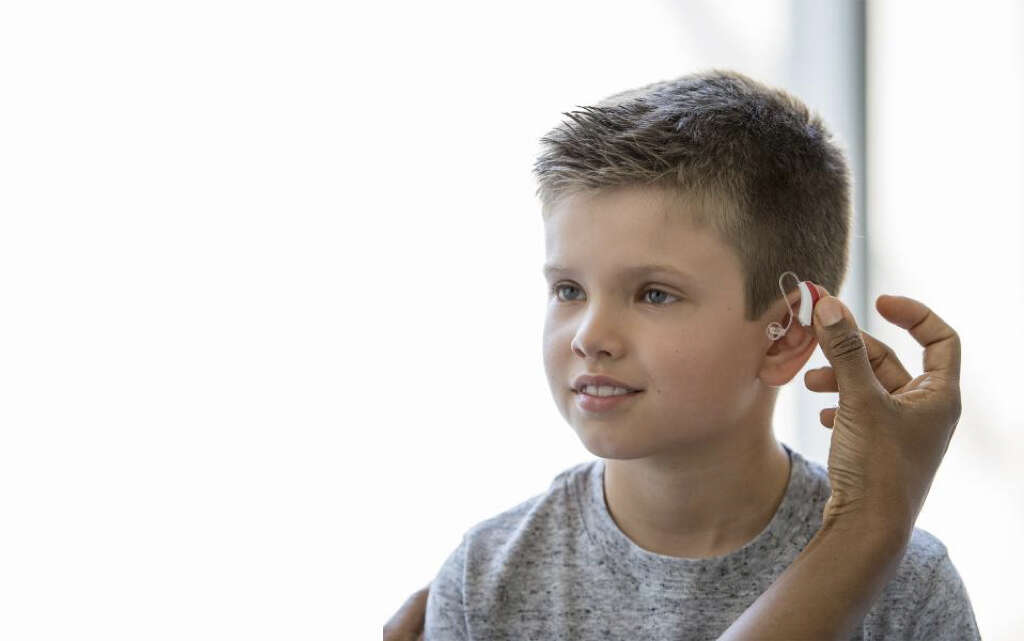
2. Type 1 Usher syndrome
Type 1 and 2 of the Usher syndrome make up about 95% of the disorder’s cases. Type 1 babies are typically born almost completely deaf and develop vision problems by age 10. The vision problems can take several decades to deteriorate before resulting in total blindness. They also tend to have significant balance problems that delay their ability to sit up and walk.
Because of their serious hearing impairments, these children tend to fare better with surgically implanted cochlear implants that can stimulate the hearing nerve. This and other communication options should be attempted from the earliest age possible. The younger a child is, the easier it is for their brain to adapt to new learning language.

3. Type 2 Usher syndrome
In comparison to type 1, type 2 cases are less severe. The children are born with moderate to severe hearing loss. They are often able to communicate orally and retain normal balance. Depending on the degree of hearing impairment, these children can often benefit from using hearing aids or cochlear implants.
Vision problems tend to develop when children reach adolescence. This begins with night blindness that progresses slowly. The deterioration does not however reach total blindness. Because of this delay in the presentation of the second symptom of vision loss, most do not learn they are suffering from Usher syndrome until they are in their teens.
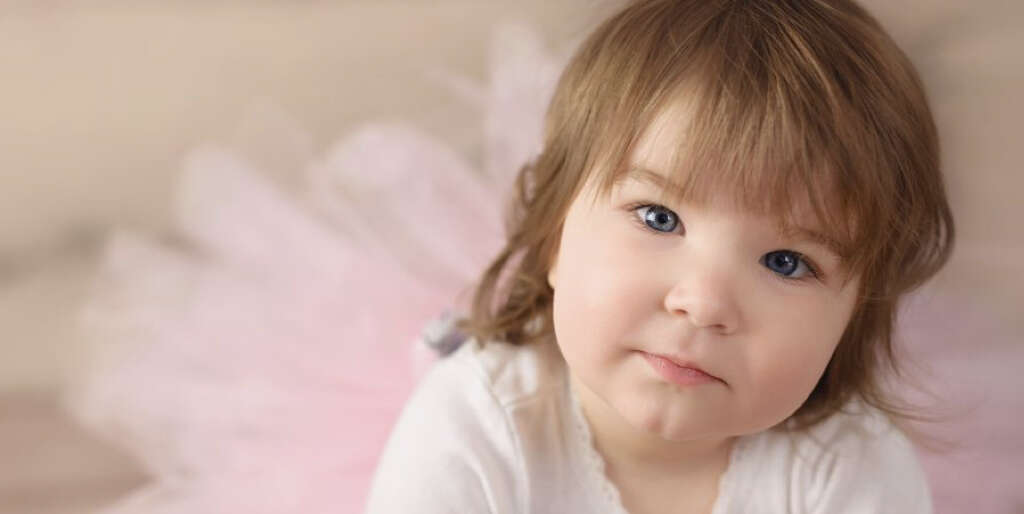
4. Type 3 Usher Syndrome
Children born under this type of Usher start with normal hearing. Deterioration of this sense begins in late childhood to adolescence. It can however often benefit from the use of hearing aids. Vision problems also tend to begin in late childhood to adolescence. It begins with night blindness in the early teens and can result in total blindness by middle age.
Balance is also normal at birth, but in some cases may decline in adulthood. This is the rarest form of Usher that results in late-onset of symptoms. The rate of deterioration can however drastically vary. Sometimes the progression can last several decades.
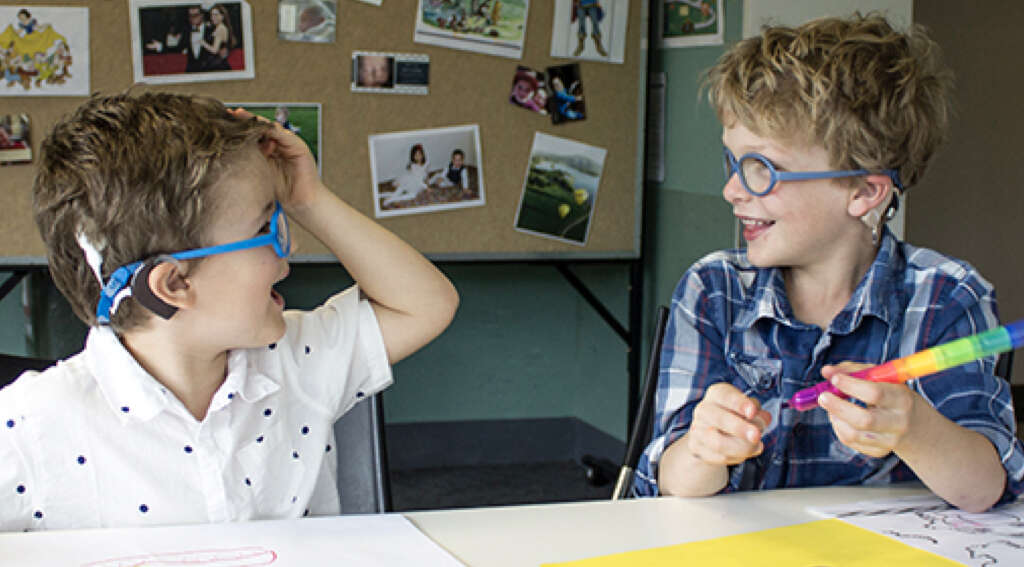
5. Causes
As with any other inherited condition, Usher syndrome results from certain genes passed on from the parents. As a recessive gene, Usher can only occur when a child inherits the affected genes from both parents. If just one parent carries the gene, the child is likely to develop with normal hearing and vision. It can occur in both female and male children.
The parents that carry the gene are referred to as carriers. Without the symptoms manifesting or known family medical history, it is not likely for a parent to know they are a carrier. When both parents have this mutated gene, they have a one-in-four chance of having their child develop the syndrome, with each birth. They also have a 50% chance their child will also be born a carrier.
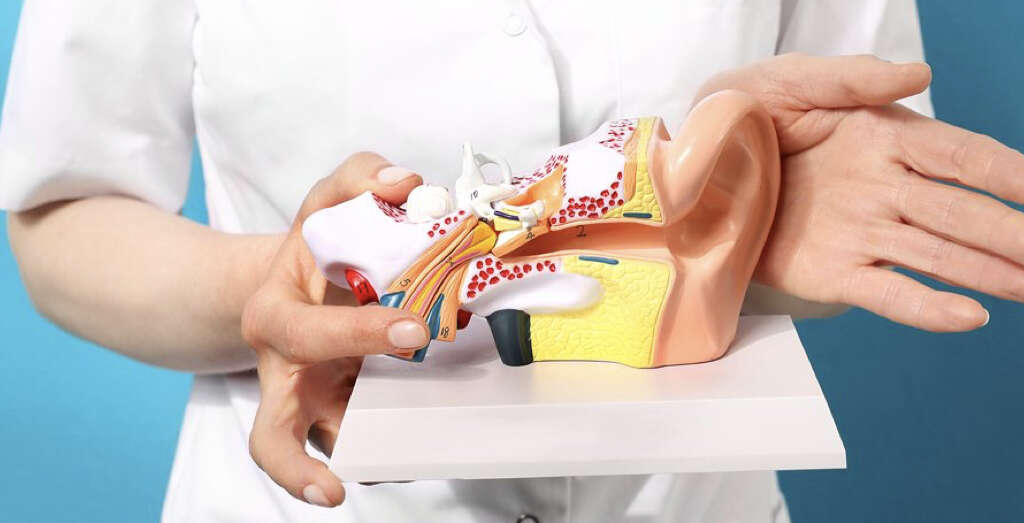
6. Blindness
One of the most delightful experiences that parents enjoy with their newborns is seeing them learn to focus on objects. The smile that comes from recognizing their parents’ faces and excitement from following colorful characters on a mobile is unforgettable. For parents of a baby with Usher, this enjoyment is at least preserved for a while.
Vision problems tend to develop as a second stage to the condition and often begins with night vision loss. The worsening eyesight that develops is known as retinitis pigmentosa (RP). RP can start at varied ages, dependent on the type of Usher. The night blindness is normally followed by a loss of peripheral vision. This vision loss is caused by the gradual deterioration of retina cells at the back of the eyeball.

7. Hearing loss
Most Usher syndrome cases begin with hearing difficulty noted when the child is a baby. Hearing screening for newborns is standard practice. In rare cases, this symptom can develop when the child has reached adolescence. This initial symptom is caused by the abnormal development of sound receptor cells in the inner ear.
A loss of balance is another common symptom of the condition, which is caused by further abnormal development of vestibular hair cells. These cells are responsible for head movement and sensing gravity. Balance issues are most obvious in type 1 cases and are tested through an electronystagmogram (ENG). A hearing valuation is often conducted to determine the severity of hearing loss. The test uses loud sounds at different frequencies to determine what point the person begins to hear.
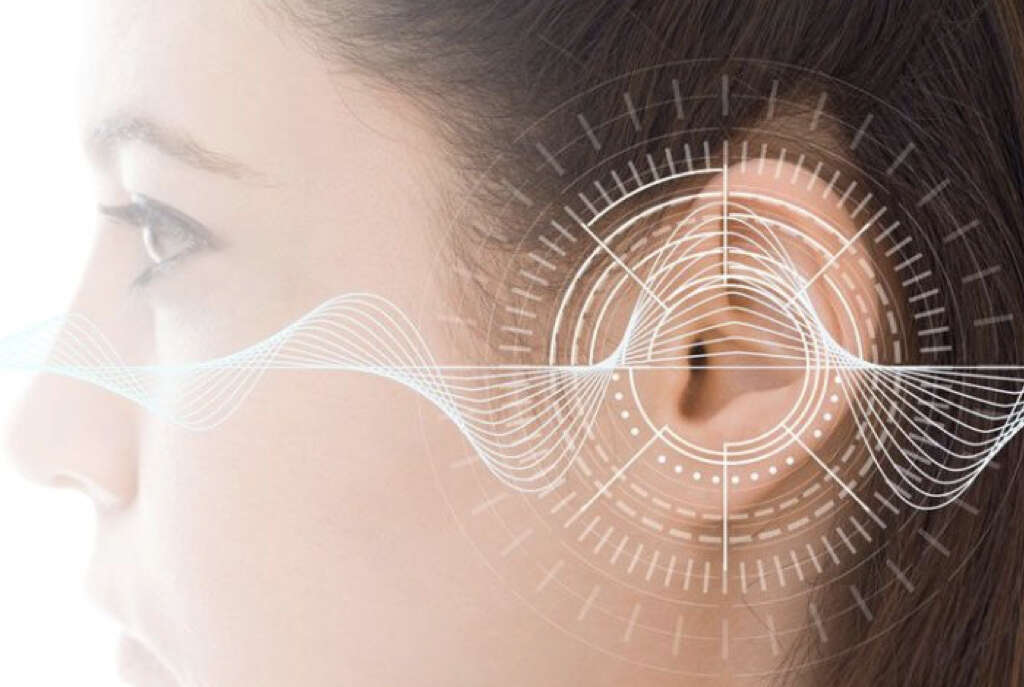
8. Genetic Testing
Many genetic conditions do not have cures. Often, early intervention is the best way to ensure a good quality of life for the person. This is because the early adoption of many therapies, technology, and learning languages can help in development. In its milder forms, detecting Usher syndrome can be difficult. More so when the parents are unaware they are carriers.
Besides visual field tests and electroretinogram (ERG) exams to check on vision and hearing evaluations for hearing loss, genetic testing is another way to verify the condition. Scientists have identified 9 genes that can cause the disorder. This testing is however not widely available and is normally done to confirm the diagnosis after hearing, vision, and balance testing have been done.

9. Ethnicity
Many hereditary conditions are more frequently occurring in specific groups of people that have an ethnic commonality. Sharing common ancestors can make certain people more predisposed to be carriers and sufferers of some disorders.
Genetic research has found that certain ethnicities have been linked to specific gene mutations that cause Usher. Most cases of Usher are descendants of the Ashkenazi Jewish, French Acadians, and the Finnish. A few other clusters have also been found amongst Argentinians for Spanish descent and amongst Nigerians. Knowing your family’s medical history and heritage can be instrumental in arriving at a quick diagnosis.

10. Managing Usher Syndrome
As there is no cure for Usher syndrome, the next best option is to manage the symptoms. Hearing is often the first challenge to be addressed. Where it is detected early, testing will help determine if hearing aids or cochlear implants are the better options. Depending on the type of Usher disorder and severity of hearing loss, a child can start with hearing aids and later switch to cochlear implants.
Learning sign language and braille can also be beneficial. Mobility training and orientation can assist with imbalance concerns. Research has also shown that consuming high levels of vitamin A palmitate may slow down vision problems associated with RP. This therapy should only however be undertaken under the supervision of an ophthalmologist.






